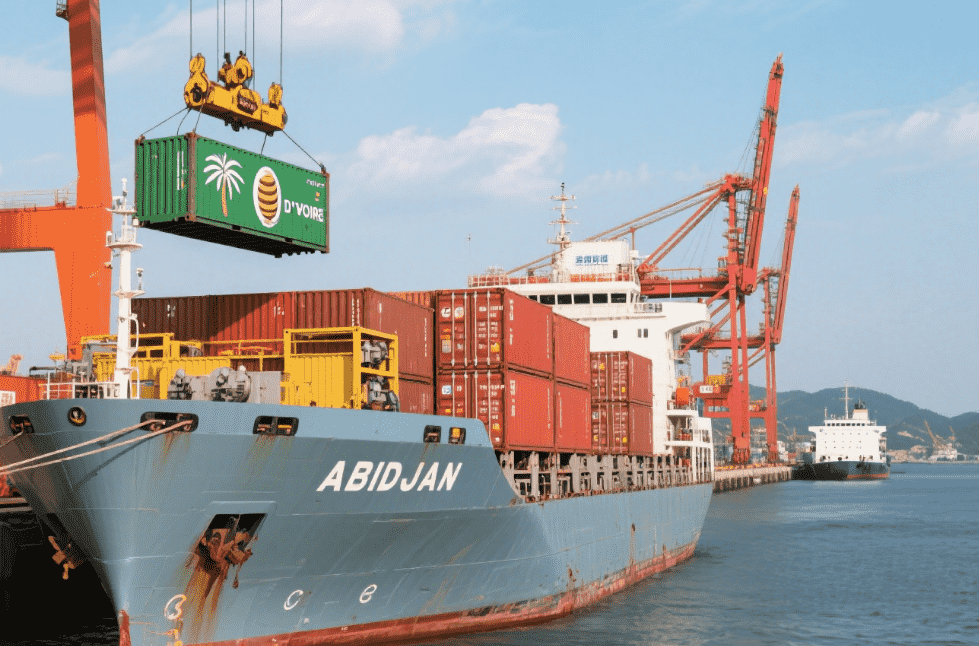
Are you planning to import electronic products from China to your country? Need to know how to find suppliers? How to transport? How much does shipping cost? What are the EU regulations on electronic products? This blogging guide can help you.
Are you planning to import electronic products from China to your country? Need to know how to find suppliers? How to transport? How much does shipping cost? What are the EU regulations on electronic products? This blogging guide can help you.
It should be noted that with the continuous development of technology and changes in market demand, the types of electronic products exported from China to the EU may continue to increase and update.
How To Find Suppliers For Imported Electronic Products From China?
Shenzhen is by far the most important electronics manufacturing center not only in China but also in the world. Shenzhen has a population of approximately 20 million, and if you plan on importing electronics from China, you’ll likely find a factory here.
Electronic product product development
Manufacturing electronics is much more complex than other product areas, and you should never start anything unprepared. Below we explain how it works from idea to product.
a. OEM or ODM?
First, you must decide whether to manufacture your product OEM, which means the product must meet specific design or functional requirements. Another option is to start with an existing ODM product.
The advantage of importing ODM products is that you don’t need to invest in developing new prototypes, circuit board drawings and component lists. The disadvantage, however, is that you don’t get a product that meets your specific requirements in terms of design and functionality. However, if you are just looking for a product that is already on the market and you accept that no changes can be made in terms of design and functionality, then ODM can work very well.
b. How to find a suitable factory
In a city like Shenzhen, you can find everything from large contract manufacturers who assemble iPhones to street vendors selling second-hand electronics. As an importer, it is important to have clear criteria when selecting a manufacturer. We ask for the following when looking for electronics manufacturers:
Test reports (e.g. LVD, RoHS and EMC directives)
ISO 9001:2015 certification
BSCI and Sedex certified
Equity capital (at least RMB 1 million)
c. Prototyping
Once you’ve chosen a factory, it’s time for prototyping. Suppliers typically begin payment in stages prior to production and when certain milestones are reached:
Payment 1: Before production starts
Payment 2: Mold production completed
Payment 3: Working prototype manufacturing completed
Expect this process to take anywhere from two months to a full year. Complexities during development are difficult to predict.
d. Quality control
When you start mass production, it’s crucial to have a system that controls both product quality and functionality. Generally speaking, it is best to have a quality inspector on site in China to conduct quality control during and after production.
e. Laboratory testing
Finally, it’s time for lab testing. Laboratory testing can be carried out on-site in China to check that the product indeed complies with EU electrical safety regulations that all importers must comply with.

How To Ship From China To Your Country? How Much Does It Cost
There are generally three ways to transport from China to the EU, namely air transport, sea transport, and rail transport. The cost of transport to different EU countries is also different. You can consult Winsail Logistics, or click on the link to the relevant blog below for detailed information.
EU Regulations On Electronic Products
It is your responsibility to ensure that the product complies with all EU regulations that apply to the type of electronic product you are importing. Please note that this applies whether you are importing a product based on your design (OEM) or a factory-developed standard product (ODM).
Which regulations apply to your specific product depends largely on the following factors:
Input voltage and output voltage
Battery Type
Communications (e.g. Wifi, Bluetooth, LTE)
Low Voltage Directive (LVD)
LVD is suitable for virtually any electronic product that receives input voltage through a power outlet. In short, the following products can be counted here:
LED light
phone charger
computer
television
RoHS Directive
RoHS stands for Restriction of Hazardous Substances, and its purpose is to limit the amount of the following substances in products:
Mercury (Hg)
Cadmium (Cd)
Lead (Pb)
Hexavalent Chromium (Cr6+)
Polybrominated biphenyls (PBB)
Polybrominated diphenyl ethers (PBDE)
Di(2-ethylhexyl) phthalate (DEHP)
Butylbenzyl phthalate (BBP)
Dibutyl Phthalate (DBP)
Diisobutyl phthalate (DIBP)
These substances are found in a variety of materials, including solder, PVC plastic, paint, batteries and metal parts. The EU has good reasons to restrict these substances. They are toxic and have negative effects on humans and the environment. Also note that RoHS applies to almost all electronic products.
EMC directive
The EMC directive applies to almost all electronic products. However, compared with a simple quartz clock, the electromagnetic interference of a 15-square-meter LED screen is very different. Therefore, as an importer, you can decide how to comply with the EMC directive and whether third-party laboratory testing is required.
Radio Equipment Directive (RED)
The Radio Equipment Directive (RED) covers all wireless communications products, including Wi-Fi, Bluetooth and GPS. RED covers the following products:
Telephone
Bluetooth products (such as wireless speakers and headphones)
smart watch
Tablet
CE mark
CE is not a standard in itself, but a mark that indicates to retailers, consumers and authorities that the product in question complies with all EU regulations that apply to the product in question. In some cases it may only apply to EMC and RoHS, while other electronic products must comply with additional directives such as LVD and RED.







